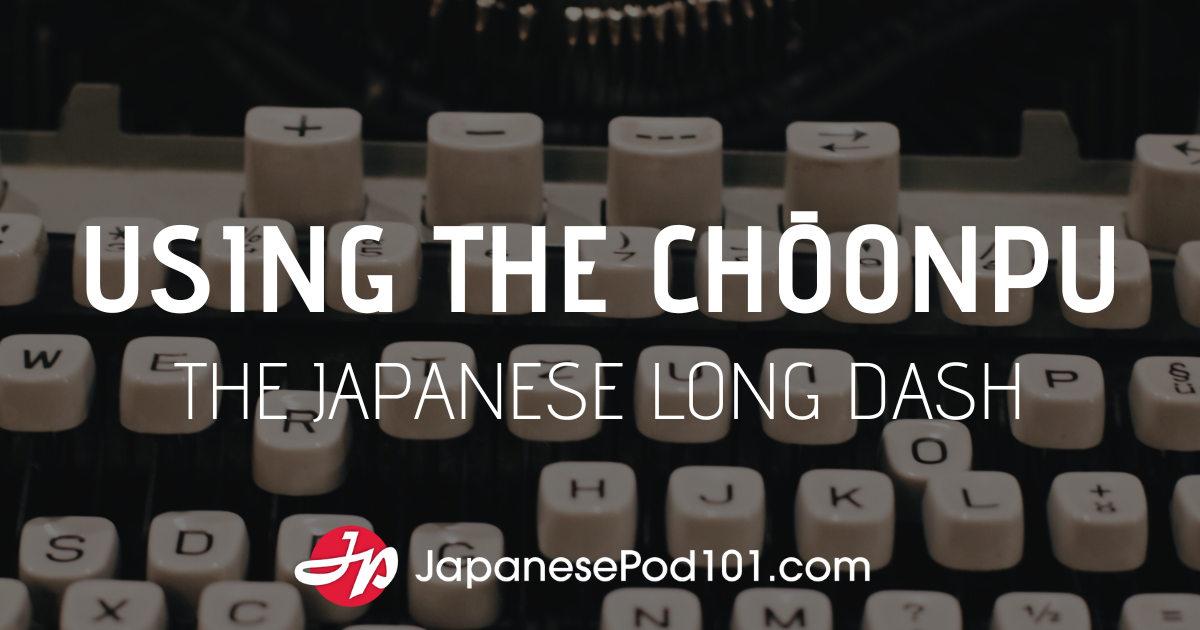February 26, 2008
Kanji Mnemonics #5 – Moon
Back in November, Dr. Matt Wachsman contacted us about his mnemonic system for learning Kanji using captivating and enjoyable flash movies. Unlike any other system out there, Dr. Wachsman's uses advanced mnemonics features that involve multiple parts of the brain simultaneously, reinforcing memory linkage while at the same time appealing to people with a variety of learning styles.
Mnemonics is the way of tying information together in a way the the brain likes to receive it. There are a large number of ways to do this. The most basic one is putting information into a story. Dr. Wachsman's system uses short Flash movies that tell a story using visual associations, humor and rhymes. His system covers all the Kanji taught in the first... Show more
February 23, 2008
For Your Eyes Only: Part 3
Quick Links
Welcome to Kanji Curiosity | The Basics | Glossary
In the movie Atonement, there's a scene between a detective and a girl who claims to have witnessed a man's crime. The detective asks her pointedly, "Did you see him with your own eyes?"
She replies deliberately, "Yes, I saw him with my own eyes."
Whose eyes might she have used instead? I was so distracted by the weird phrasing that I missed much of the ensuing conversation. I must have heard this expression before, but it's as if I heard it with new ears (my own, by the way).
Have English speakers really made use of this redundant expression? Do we still say it regularly, or was this more a quaint turn of phrase from the British World War II period (the setting... Show more
February 19, 2008
Kanji Mnemonics #4 – Sun
Back in November, Dr. Matt Wachsman contacted us about his mnemonic system for learning Kanji using captivating and enjoyable flash movies. Unlike any other system out there, Dr. Wachsman's uses advanced mnemonics features that involve multiple parts of the brain simultaneously, reinforcing memory linkage while at the same time appealing to people with a variety of learning styles.
Mnemonics is the way of tying information together in a way the the brain likes to receive it. There are a large number of ways to do this. The most basic one is putting information into a story. Dr. Wachsman's system uses short Flash movies that tell a story using visual associations, humor and rhymes. His system covers all the Kanji taught in the first... Show more
February 15, 2008
Frankly, My Dear …: Part 2
Quick Links
Welcome to Kanji Curiosity | The Basics | Glossary
My cousin Lois has a useful motto: Start with the truth. No matter how difficult a situation is, you won't get anywhere by lying to yourself about the facts.
My husband has also taught me something about the truth: Whenever someone says "Frankly, ..." you should be on guard. The person might as well have said, "What I'm about to say will be tactless and cruel."
In Japanese, starting with the truth means starting with 実, the kanji we investigated last week. This character works its way into all manner of expressions related to truth and reality, including this sampling:
実は (jitsu wa: in fact, as a matter of fact, by the way)
Merely combining the kanji with the... Show more
February 11, 2008
Reality Check: Part 1
Quick Links
Welcome to Kanji Curiosity | The Basics | Glossary
Winter is a time of harshness. In spring, as trees explode with fragrant blossoms, we're full of hope. In summer, we can delude ourselves that peaches will always be in season and that sunny, warm days will keep coming for a good six months. In fall, colorful leaves and crisp air fill us with optimism. And then it's winter, and we can't fool ourselves any longer.
Haiku About Harsh Realities ...
But facing reality isn't all bad. Check out this cool compound:
実験 (jikken: experiment) reality + to test
As the breakdown indicates, an experiment allows one to test reality. That is, an experiment is a reality check!
Well, here's one... Show more
February 7, 2008
Kanji Mnemonics #3 – World
Back in November, Dr. Matt Wachsman contacted us about his mnemonic system for learning Kanji using captivating and enjoyable flash movies. Unlike any other system out there, Dr. Wachsman's uses advanced mnemonics features that involve multiple parts of the brain simultaneously, reinforcing memory linkage while at the same time appealing to people with a variety of learning styles.
Mnemonics is the way of tying information together in a way the the brain likes to receive it. There are a large number of ways to do this. The most basic one is putting information into a story. Dr. Wachsman's system uses short Flash movies that tell a story using visual associations, humor and rhymes. His system covers all the Kanji taught in the first... Show more
February 7, 2008
JapanesePod101.com – 2008 Japan Podcaster Award Winner
Mina-san,
As always, thank you for your support; we could never have come this far without you. We recently received an e-mail from JapanPodcasters.com informing us that we, our language learning community, were awarded the 2008 Japan Podcaster Award Winner in the category of Language Study Excellence Award.
We would like to thank our new friends at JapanPodcasters.com, a Japan podcast directory, for recoginizing our language learning community, and thank you, the listeners, for making this possible.
Yoroshiku onegai shimasu!
Team JapanesePod101.com
February 2, 2008
Toil and Trouble: Part 3 of 3
Quick Links
Welcome to Kanji Curiosity | The Basics | Glossary
Kanji-induced dementia (KID) strikes again! Although I believed I'd never seen 追 until the fateful encounters mentioned two weeks ago, I was quite wrong. No surprise there; even when one has stumbled across certain characters thirty-five times before, KID makes them seem fresh and new.
One of my Japanese language partners had used 追 twice before in emails, referring both times to my never-ending workload:
締め切りに追われていませんか?
Shimekiri ni owarete imasen ka?
Aren’t you chased by deadlines?
きっと最後の追い込みをしているのでしょうね。
Kitto saigo no oikomi o shite iru no deshō ne.
By now you must surely be in the final stages.
Kanji Breakdown #1...
The second sentence contains 追い込み... Show more
January 25, 2008
Revenge of the Kanji Gods: Part 2 of 3
Quick Links
Welcome to Kanji Curiosity | The Basics | Glossary
Last week, you may have felt increasingly certain that 追 (TSUI, o(u)) is all about the chase. But the kanji gods tend to read confidence as hubris, and they respond by throwing curve balls. This character has two other main meanings.
Additionally, 追 Means "Additional"
The kanji 追 also means "to add" or "additional." That helps us make more sense of 追加, which appeared in the first paragraph of last week's entry:
追加 (tsuika: addition) addition + addition
The kanji 加 can stand for Canada. So if you didn't know the appropriate breakdowns here, you might think 追加 referred to driving someone into Canada ... or chasing away Canadians... Show more
January 23, 2008
Kanji Mnemonics #2 – Heaven
Back in November, Dr. Matt Wachsman contacted us about his mnemonic system for learning Kanji using captivating and enjoyable flash movies. Unlike any other system out there, Dr. Wachsman's uses advanced mnemonics features that involve multiple parts of the brain simultaneously, reinforcing memory linkage while at the same time appealing to people with a variety of learning styles.
Mnemonics is the way of tying information together in a way the the brain likes to receive it. There are a large number of ways to do this. The most basic one is putting information into a story. Dr. Wachsman's system uses short Flash movies that tell a story using visual associations, humor and rhymes. His system covers all the Kanji taught in the first... Show more









